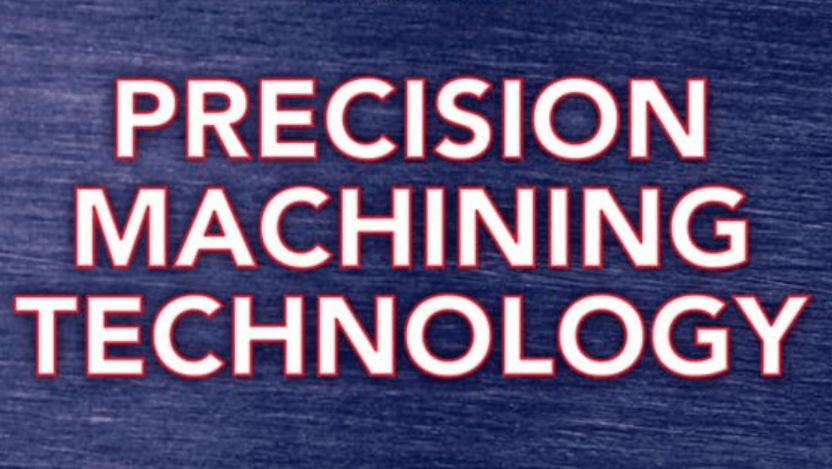Stop and think; have you ever seen a bridge that’s an inch short?
Maybe you’ve never thought about it, after all, how would you know if it was an inch short. However, the chances are you’d notice if one part was much smaller than the other.
But the fact of the matter is, you won’t see a bridge that’s an inch short unless it’s meant to be because of precision machinery. Something that’s been around for quite some time now, precision testing equipment exists across a spectrum of industries and is always advancing and growing.
You’re probably still wondering what precision machinery is, so let’s take a look.
What is Precision Machinery?

Simply put, precision machining is the process of making products that are measured to exact standards. Because of this, it means that all the products made have to feature acceptable limits, perfect dimensions and tolerances and allowances.
Of course, depending on what item is being built and for what purposes, everything will be made with slightly more precise cuts than others.
Where did it Begin?
Precision is something that has always been needed, especially when something was being built. Of course, many years ago this was all done manually, resulting in much higher costs and not always perfect precision. However, with the rise of precision machinery, it has helped to reduce the costs and means that items are delivered at a higher rate of precision than they would have been before.
These changes all came around after the Second World War. This was a result of the precision machinery we know today, being introduced due to advances in technology.
This Is How Precision Machinery Is Used to Paint Road Lines
Where is it Going?
As we know, technology has advanced significantly over the last ten years alone, let alone since the Second World War. Now we see precision machinery that can mass produce products, let alone larger items such as buildings and bridges. The threat of human error has also been almost eliminated these days – which is why you’ll never see a bridge with one side an inch shorter than the other.
Of course, precision machinery has come a long way since it first came about, and it definitely isn’t going anywhere soon – if anything it’s advancing itself and other areas all the time. One of the most significant areas is in the world of 3D printing, which has boomed significantly over the last few years. So, could we see an even bigger revolution for 3D printing soon? If the precision machinery market is anything to go by, then we wouldn’t be surprised.